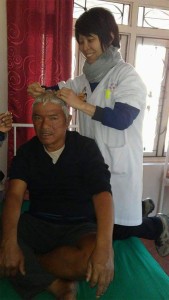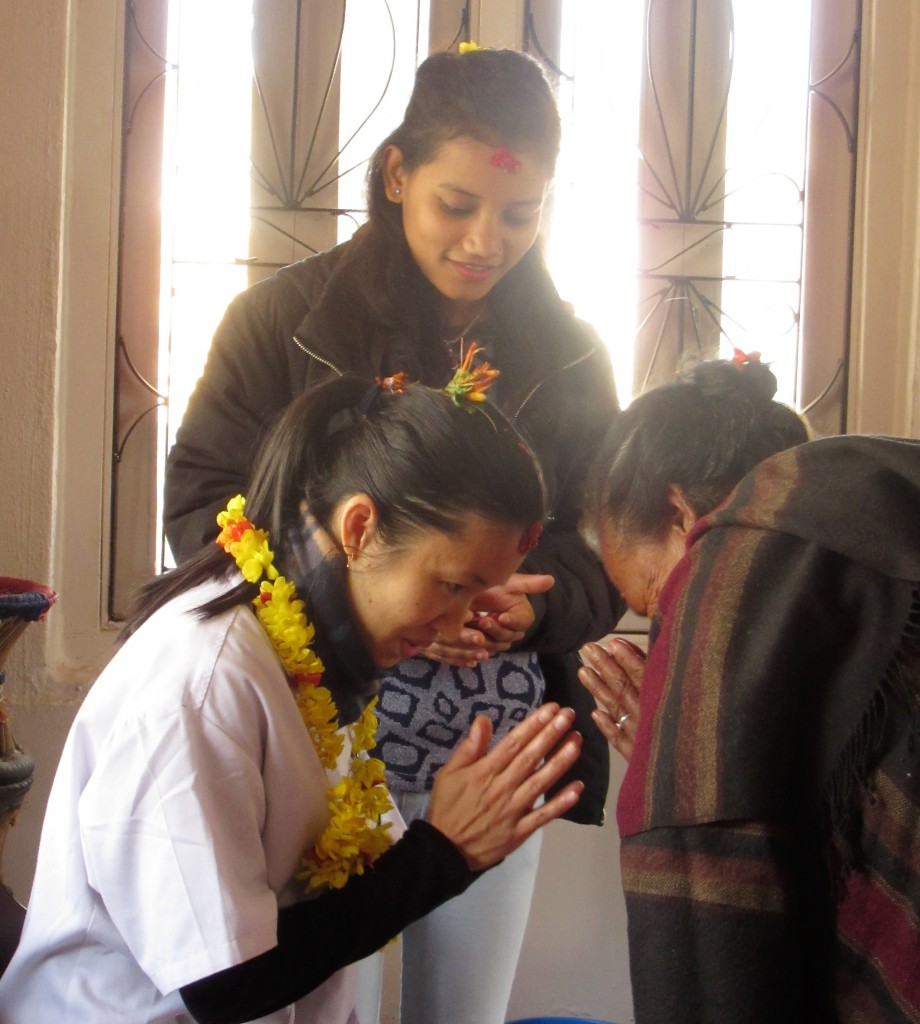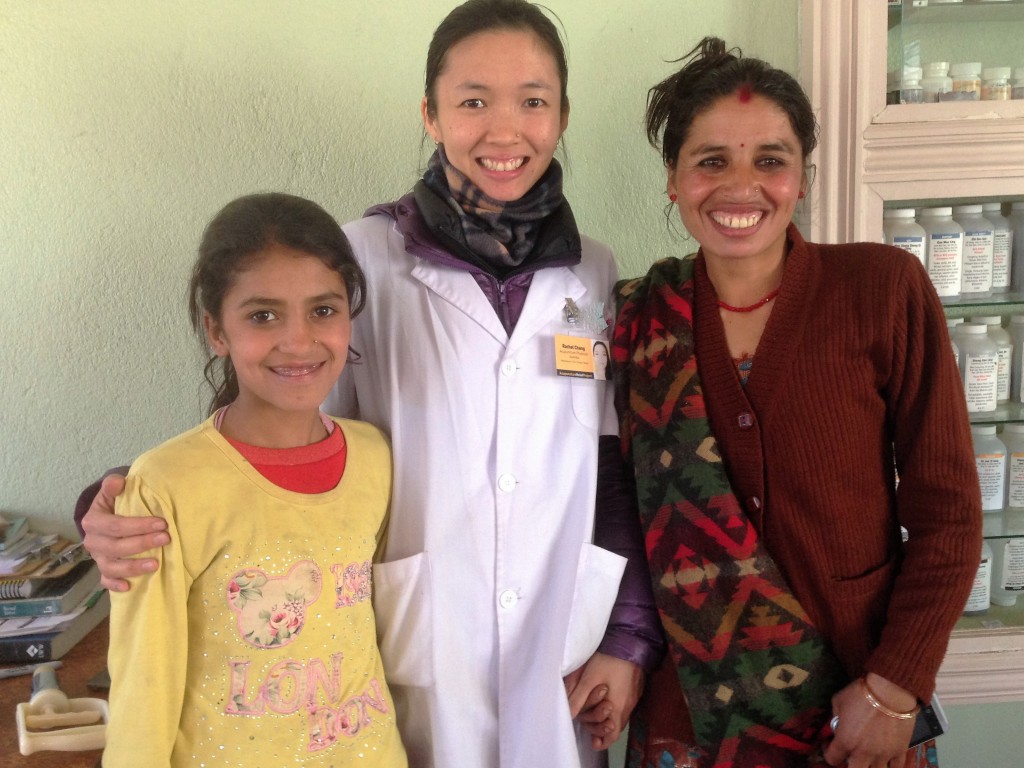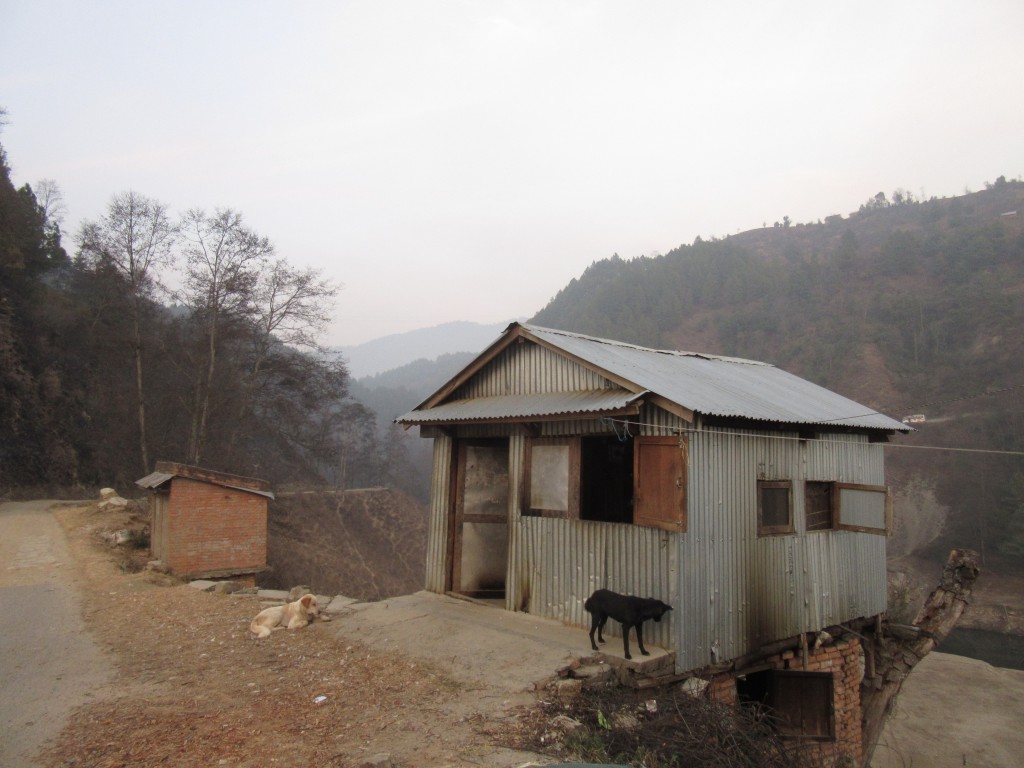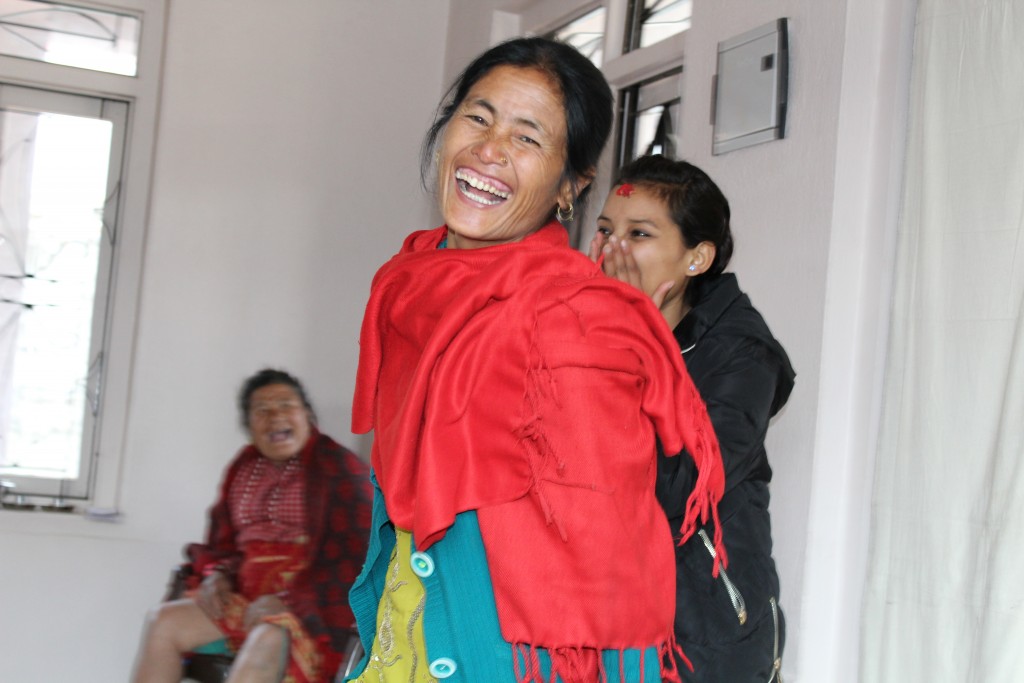This is a case study of a patient that I treated during my 2-month volunteer service in Bajra Barahi, Nepal.
OVERVIEW
20-year-old female presents with secondary amenorrhea since menarche at age 11. Menstrual flow prompted artificially with norethisterone pill. Ultrasound reveals multiple immature follicles in both ovaries. Case analysis investigates possibility of a menstrual flow without drug intervention.
SUBJECTIVE
Patient is a 20-year-old woman presenting with secondary amenorrhea. Menarche was at age 11. Her second menstrual flow was 8 months after, and the third flow 6 months after. Her parents’ concerns led to medical investigation, resulting in norethisterone treatment. For the last 4 years, she takes 5mg of norethisterone every month on day 18 for 10 days to induce a withdrawal menstrual flow.
However, last menstrual flow was 2 months ago as patient decides to stop taking the pill. On average, each menses flows for about 9 days with chickpea-sized clots, dark colour blood, severe abdominal pain for 4 days, and breast distension.
Patient is the first child. Her younger sister also has amenorrhea. Her mother however does not have any problems with menstruation. At the time of her conception, her mother was 15 and her father was 17.
Patient feels cold easily. Her sleep is good, falls asleep easily and does not wake at night. She does have frequent vivid dreams. Bowel movements are daily with formed stools.
OBJECTIVE
Patient appears to be in good health for age and environment. Her temperament is cheerful, always smiling and courteous. She tries to respond in English whenever she can. However, she seems embarrassed about her condition and prefers to have her close friend as the interpreter during all visits.
Hirutism is noted with increased coarse hair growth on her sideburns, jawline, arms, legs, lower abdomen and along the midline of her front torso along the Conception channel. When asked, patient reports noticing excess hair growth about age 15-16.
Tongue is pale red with thin white coat, with red prickles on the side and tip. Pulse is choppy and tight. On palpation, her hands and feet are freezing cold to touch. Her abdomen feels cold, with no palpable masses.
ASSESSMENT
DX: Fertility hormone test shows serum prolactin and follicle-stimulating hormone within normal range. Therefore pituitary dysfunction is ruled out. Thyroid function test shows thyroid-stimulating hormone, T3 and T4 within normal range. Therefore thyroid dysfunction is ruled out.
Insulin resistance is often a cause for PCOS and contributes to hirutism. Glucose tolerance test show normal sugar levels with fasting and after glucose intake at 60 minutes and 120 minutes. Therefore insulin resistance is ruled out.
Serum testosterone however is more than two times over normal range, confirming hyperandrogenism.
Ultrasound shows anteverted uterus of normal size 62mm by 31mm by 26mm, and normal endometrial thickness 4mm. No space occupying lesions found in the uterus as well as the adnexae (ovaries and fallopian tubes). Both ovaries however were bulky with multiple central and peripherally located follicles of less than 10mm diameter. There is no maturation of follicles noted.
Only 2 out of the following 3 criteria are required to diagnose PCOS. All 3 are fulfilled:
- Menstrual irregularities pointing to ovulatory dysfunction
- Hirutism indicating hyperandrogenism
- More than 10 immature follicles per ovary occurring in the periphery
TCM DX: Kidney yang deficiency failing to ripen ovarian follicles. According to the Classics of Yellow Emperor, Kidney Qi is abundant at age 21 for females and at age 24 for males. Both parents were not at their respective age of best Kidney Qi at the time of conception. Hence prenatal Kidney Jing deficiency may be a reason for dysfunction of the reproductive system.
Sluggishness and stagnation in the Chong and Ren channels causing blood that should be expelled as menstruation to manifest as body hair.
PROGNOSIS: With regular acupuncture and herbal treatments combined, it may be possible to restore a normal menstrual cycle.
PLAN
Treatment principles: Warm Kidney yang. Invigorate Chong and Ren channels.
Treat with acupuncture at least once a week for 4 months before reassessing need for drugs intervention.
Typical treatment: SP4 paired with PC6 needled on opposite sides to invigorate Chong channel. LU7 with KD6 needled on opposite sides to invigorate Ren channel. CV12, CV4, CV10, CV6 to return Qi to the source. ST25 to circulate Qi within abdomen. SP6 to tonify and move blood within the lower abdomen. Moxa over CV8 to warm Kidney yang. Du20 and Yintang to stimulate the pituitary gland for follicle-stimulating hormone.
Prescription of herbal formulas are limited to availability. Formula that contains Lu Rong, Yin Yang Huo, Tu Si Zi, Du Zhong, Xu Duan are prescribed to tonify Kidney yang. Formulas that tonify Kidney Yin are avoided so as not to exacerbate hair growth.
OUTCOME
After 5 treatments, the patient reports no change in condition as in no menstruation. After treatment 3, there is some transparent, slightly sticky and ordorless vagina discharge. The patient is informed that due to the long term nature of the condition, it is unlikely to elicit a natural menstrual flow within the short duration. The patient agrees and wishes to continue with treatments. The patient is informed of the diagnosis and the implications.
After 2 weeks break from treatment, patient reports menstruation for 4 days. One and half month later, another menstruation is reported. Both are natural without intervention from norethisterone.
CONCLUSION
PCOS is a syndrome that involves anovulation or ovulatory dysfunction with androgen excess of unknown etiology. Up to date, pharmaceutical drug treatment of PCOS is symptomatic.
An intermittent progestin pill (norethisterone in this case) is used to induce menstruation to reduce risk of endometrial hyperplasia and cancer. However as progestin is weakly androgenic, it may cause androgenic side effects such as acne, hirutism and voice changes in some women at high doses (10 to 40 mg per day). And our patient is taking 10mg per day. Therefore further time is needed to observe if hirutism decreases as patient weans off the effects of norethisterone.
Insulin resistance is a major cause of PCOS, affecting 70 to 80% of PCOS sufferers. High levels of insulin in the blood stimulate the adrenals and ovaries to produce excessive amount of androgens. If test results show insulin resistance, Metformin 500 to 1000 mg bid may be used to increase insulin sensitivity and reduce androgenic production. Side effects are nausea, vomiting, diarrhoea and vitamin B12 malabsorption. However our patient is not insulin resistance.
Patient is currently unmarried and not expecting to become pregnant in the near future. PCOS affects fertility due to ovulatory dysfunction. In the Nepalese culture, a woman who cannot bear children is very likely to be replaced by a second wife. Therefore this condition may be quite detrimental to our patient. When she intends to fall pregnant and has not been successful after 12 months, Femara (Letrozole) 2.5mg qd may be used to induce ovulation, to be taken from day 3 to 7. It works similar to Clomid (Clomifene), suppressing oestrogen and increasing follicle-stimulating hormone and luteinising hormone to enhance maturation of follicles for ovulation. Ovulation rate is 60-85% and pregnancy rate is 20-25%. Femara is quickly flushed from the body after one cycle,therefore does not cause the drying of cervix mucus and thinning of endometrium, as Clomid does. Side effects are twin pregnancy and occasional development of ovarian cysts with internal bleeding and torsion.
Drug treatments are accompanied with many undesirable side effects. Research has shown that regular acupuncture treatments may improve ovary function and ovulation frequency, and reduce abnormally high levels of testosterone and insulin. This will help improve fertility as well as skin condition for the patient.
The intention is to achieve menstruation without drug intervention, and subsequently regular monthly menstruation without drug intervention.

